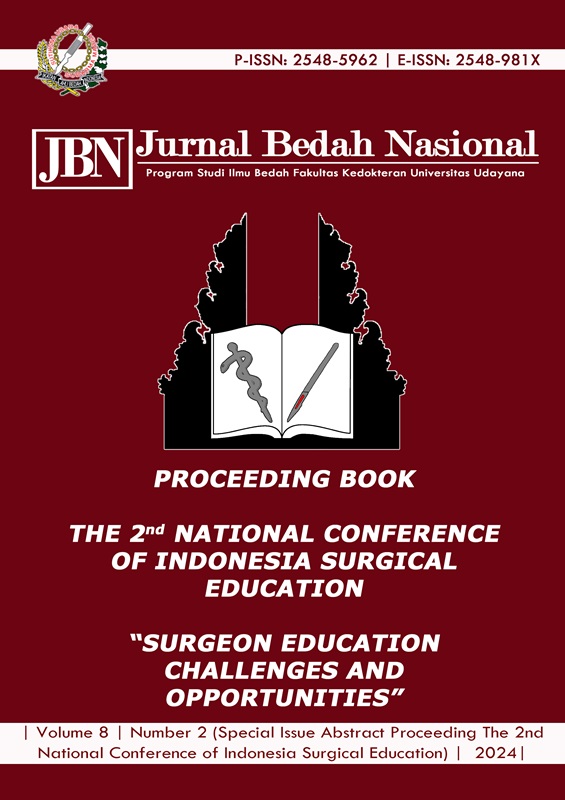097. Treatment of Parapagus Dicephalus and Factors Influencing Separation Surgery of Conjoined Twins: A Case Report and Literature Review
Abstract
Introduction: Cases of parapagus conjoined twins are rare. The incidence is 28% of the total conjoined twins. The lack of studies regarding the handling of complex cases of conjoined twins and the factors that form the basis for whether conjoined twin patients can undergo separation surgery is the reason for carrying out a study to look for scientific evidence for the treatment of cases of parapagus dicephalus conjoined twins. Case: A parapagus dicephalus patient presented anomalies of baby 1 with grade I intraventricular hemorrhage (IVH), transposition of the great arteries (TGA), atrial septal defect (ASD) and ventricular septal defect (VSD), and baby 2 had VSD and ASD. Continuous positive airway pressure (CPAP) was utilized to assist their breathing, and it was difficult to wean supplemental oxygen. The patient was deemed unsuitable for separation surgery and succumbed at the seventieth day of care. Conclusions: The discussed case was inoperable due to the degree of fusion of the heart type V, fusion of the sacrum, and complex thoracoabdominal anomalies.
Downloads

This work is licensed under a Creative Commons Attribution 4.0 International License.
Program Studi Ilmu Bedah Fakultas Kedokteran Universitas Udayana. 
This work is licensed under a Creative Commons Attribution 4.0 International License.






